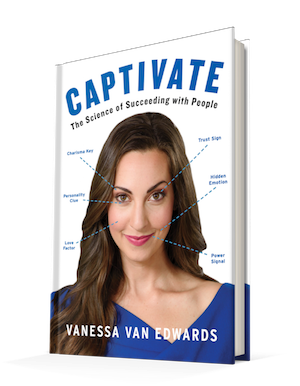Our Data-Driven Obsession with Behavioral Analytics

Recently, one of our clients referred to us as his “Fitbit for communication,” and we were ecstatic. Not only because that was high praise from a leader we respect, but because, as the icon of behavioral analytics, the Fitbit is just about the most flattering comparison we could think of.
We’re obsessed with data-driven behavioral analytics, from workout tracking to personality tests to wearable tech of all kinds.
In his book, Thinking Fast and Slow, Daniel Kahneman recommends businesses rely on algorithms to drive objective, unbiased decision making. As humans, we often jump to conclusions, misinterpret situations, and over-index on the wrong variables. A well-built algorithm, Kahneman says, will significantly outperform expert judgment nearly every time.
At QC, we’re on board with behavioral analytics and all its variations.
We rely on data to make our decisions, evaluate our progress, and measure our success. In fact, it was a frustrating lack of data that led CEO Noah Zandan to found the company in the first place.
Noah started out on Wall Street (which he refers to as “quant guy heaven”), where a significant portion of his job was to prepare his superiors for high-dollar pitches that could lead to millions in fees for the bank and huge bonuses for the deal team.
He was working 18-hour days, sleeping under his desk, and preparing so much financial data that the pitches should’ve been bulletproof.
But once he started attending pitch meetings, he noticed something: the fate of the deals didn’t depend on his financial analysis. It depended on the leaders’ communication. If they could present well, the deal got done. But if the management team couldn’t present in a compelling way, it fell through.
But Noah couldn’t build the management team’s communication skills into his models. There was no data there.
Thus, the inspiration for Quantified Communications: a new approach to behavioral analytics that uses objective, data-driven communication evaluation to predict and improve our chances of success — in the boardroom, on the conference stage, and in our day-to-day lives.